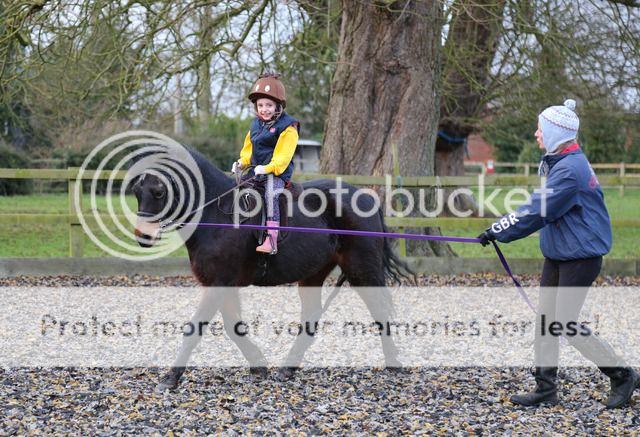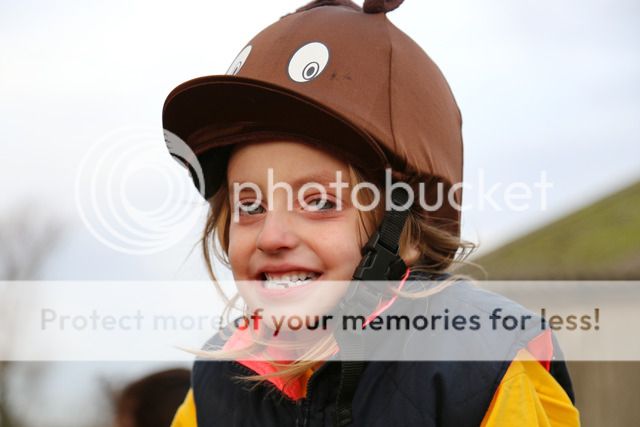- Messages
- 9,818
- Edit My Images
- No
I agree, except in this situation none of the advice Peterson gives would improve the shot. He doesn't really cover the issue of, "that's the wrong shot to take under the circumstances".I recommend a book called understanding exposure by Bryan Peterson. It is great especially when first starting out.








